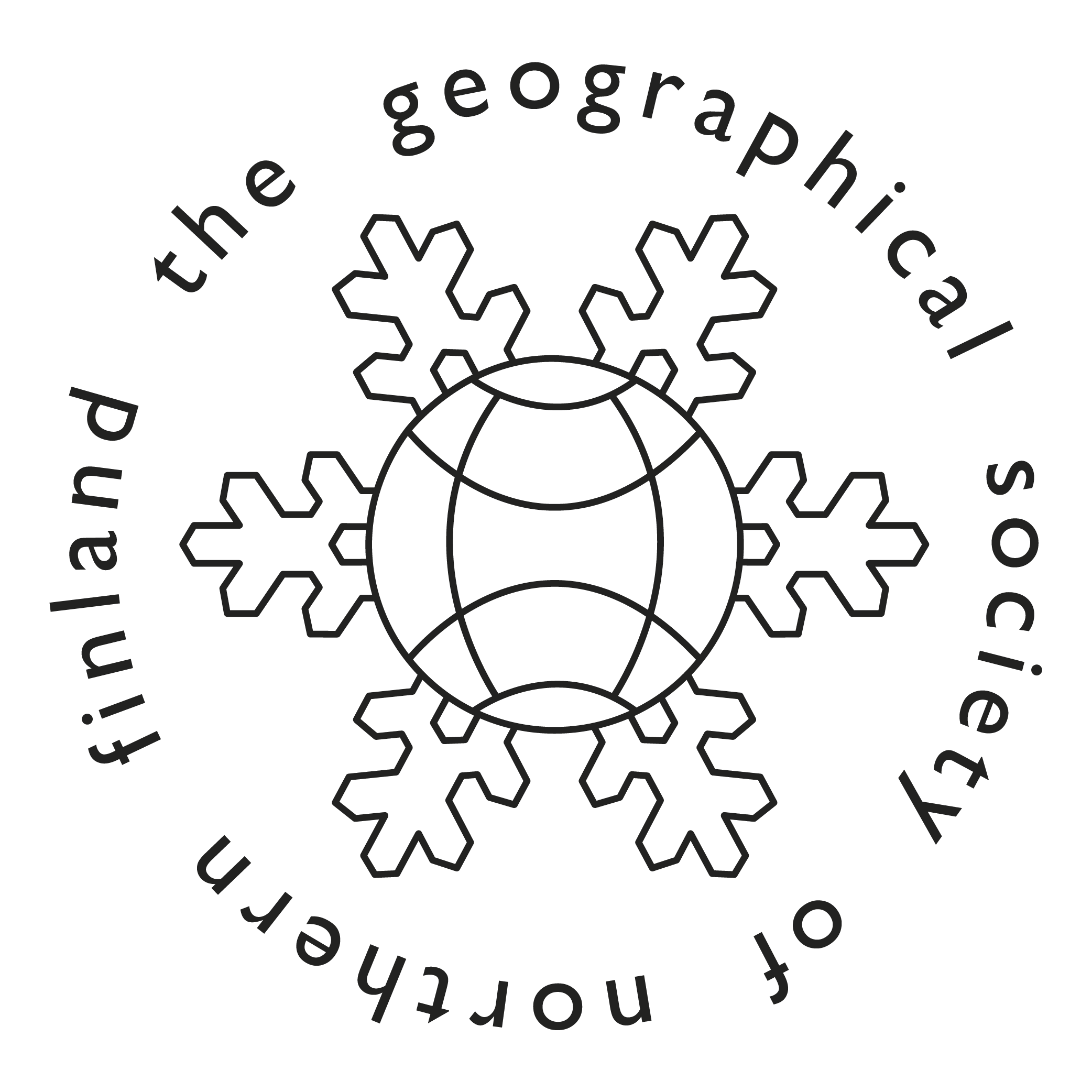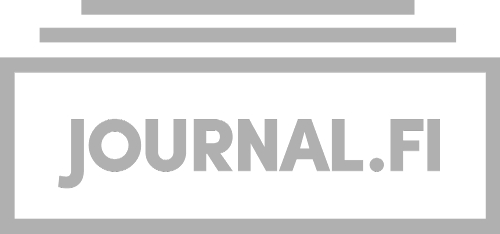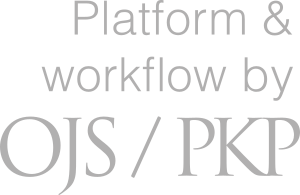2024 ice jams and spring flooding across Ostrobothnia: observations and prospects
DOI:
https://doi.org/10.30671/nordia.156579Abstract
Seasonal snow and ice play a key role in the hydrological regimes of Arctic and sub-Arctic river catchments that differentiate them from their lower latitude counterparts. Against a backdrop of assumed reduced spring flooding due to ongoing Arctic warming resulting in shorter winters with less snowfall, we examine the prevailing conditions that led to spring-melt flooding, its impact and mitigation management strategies across Northern Ostrobothnia in April 2024. We find that sustained freezing temperatures in early 2024, combined with thicker than average snowpack in March, preconditioned the region’s catchments to two episodes of flooding driven by abrupt warm events and widespread snowmelt in early March and April. Due to their predominantly shallow, east to west long-profiles, the region’s rivers received large fluxes of snowmelt runoff simultaneously along their entire courses, responding rapidly with rising levels and discharge. Thick river ice formed during the colder than average winter, causing ice jams at constricting pinch-points including bridges, dams and where rivers naturally shallowed or narrowed, leading to backup and flooding. Numerous effective civil interventions – including the release of discharge into managed agricultural areas – prevented extensive flood damage and major disruption to infrastructure other than temporary closure of some roads. We conclude that the event was pragmatically managed, precluding significant material damage and disruption. However, projected long-term climate scenarios indicating increased temperature fluctuations and extreme precipitation – including snowfall – events associated with intense warm air intrusions, coupled with potential meter-scale relative sea- and base-level rise could act in consort to increase the region’s winter and spring flood risk, rather than mitigate it.
Downloads
Published
Issue
Section
License
Copyright (c) 2025 Marek Kasprzak, Alun Hubbard

This work is licensed under a Creative Commons Attribution-NonCommercial-NoDerivatives 4.0 International License.






